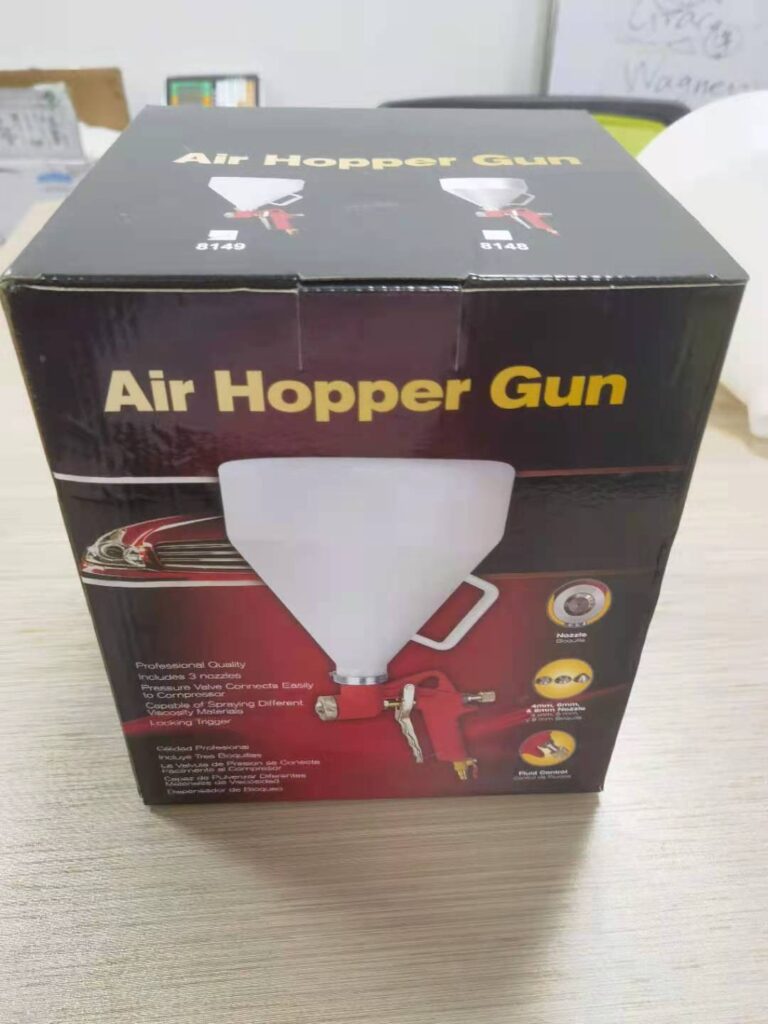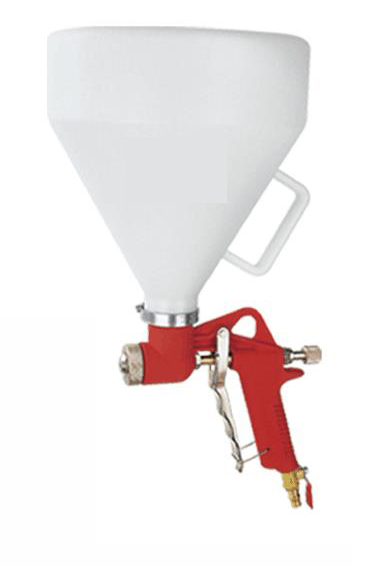A high-pressure airless paint sprayer is an efficient tool widely used in industries, construction, and home renovation. Selecting the right spraying width is crucial as it directly impacts painting efficiency, material usage, and overall project quality. This article explores how to choose the most suitable spraying width for your airless sprayer, with practical tips and insights.

1. Factors Affecting Spraying Width
Nozzle Size
The nozzle size determines the spraying width of a high-pressure airless paint sprayer. Nozzles are typically identified by their “orifice size-spray angle” format. For example, a 517 nozzle indicates a 50-degree spray angle and an orifice size of 0.017 inches. Larger angles result in wider spray patterns.Spraying Pressure
Spraying pressure affects the paint’s atomization. Higher pressure ensures consistent spray width, while lower pressure may cause the width to narrow.Paint Viscosity
High-viscosity paints may require adjustments in nozzle size or spraying pressure to achieve the desired width.Surface Type
The size and shape of the surface determine the appropriate spraying width. Wider widths are better for large flat surfaces, while narrower widths are ideal for edges or intricate areas.
2. How to Select the Spraying Width
Based on Project Size
- Large Areas
For large walls or floors, wider spray widths improve efficiency. Use nozzles such as 517 or 619 for optimal coverage. - Small Areas or Details
For edges, frames, or detailed surfaces, choose a smaller spraying width to ensure precision and reduce paint waste. Nozzles like 211 or 311 are suitable for such tasks.
- Large Areas
Based on Paint Type
- Thin Paints
For primers or clear coats, a wider spraying width can cover larger areas efficiently. - Thick Paints
For viscous paints like latex or anti-corrosion coatings, select an appropriate orifice size nozzle to maintain even application and control the spraying width.
- Thin Paints
Considering Equipment Performance
Ensure the selected spraying width is within the capabilities of your machine. For instance, China airless paint sprayers and SCENTURY airless paint sprayers support different maximum nozzle sizes. Refer to the equipment manual for guidance.

3. Techniques to Adjust Spraying Width
Switching Nozzles
The quickest way to change spraying width is by using a different nozzle size. For instance, Graco airless sprayer parts offer a wide range of nozzles to meet various project needs.Adjusting Spraying Distance
The spraying width increases as the distance between the spray gun and the surface grows. However, greater distances may result in thinner coatings, so balance is essential.Tuning Pressure Settings
Higher spraying pressure can stabilize the spraying width but may also lead to overspray or excessive material usage. Adjust the pressure carefully for optimal results.
4. Tips for Choosing the Right Spraying Width
Avoid Overly Wide or Narrow Widths
Excessively wide spraying widths can waste paint, while narrow ones reduce efficiency. Choose a width that balances coverage and precision.Use Original Parts
High-quality components like Graco pump repair parts or China made Graco pump parts ensure reliable performance and precise spray patterns.Test Before Applying
Always test the spraying width on a sample surface to confirm it meets project requirements before starting large-scale work.

Conclusion
Selecting the appropriate spraying width significantly affects the efficiency and quality of painting projects. By considering nozzle size, paint type, project scale, and equipment performance, you can achieve the desired results. Whether using a China airless paint sprayer or a SCENTURY airless paint sprayer, choosing the right spraying width will make your work more efficient and effective.
